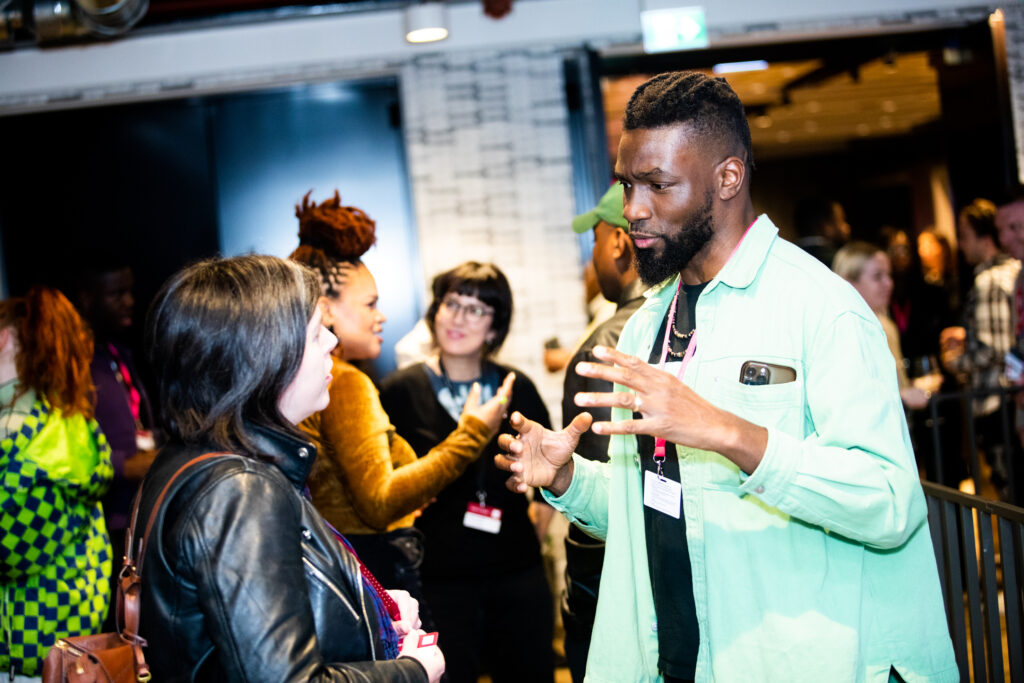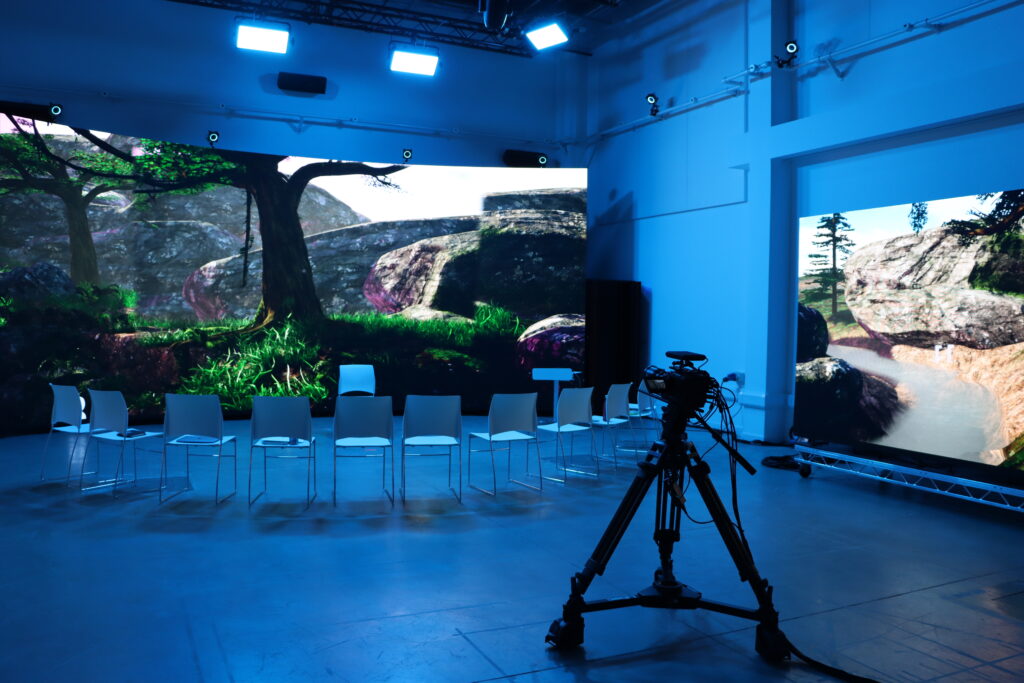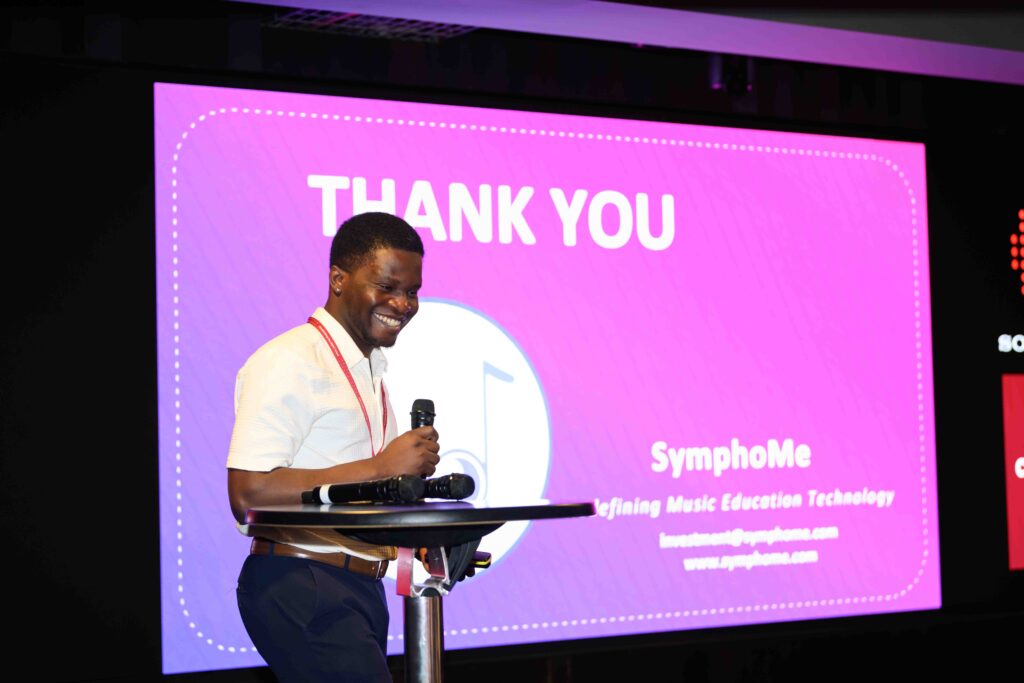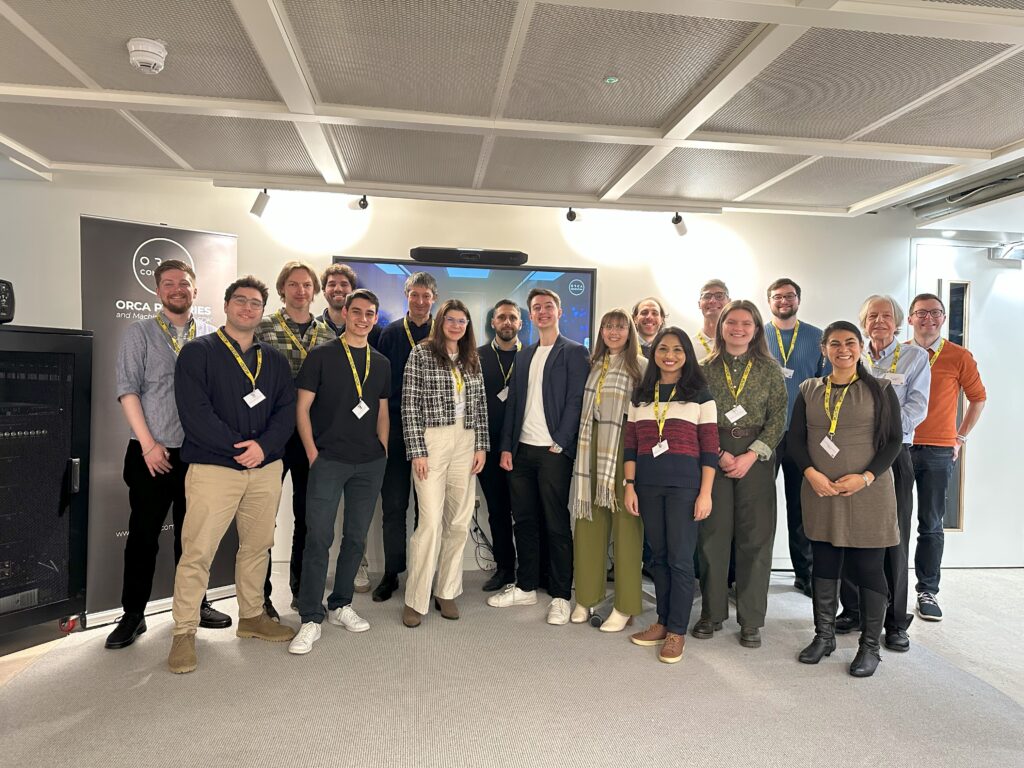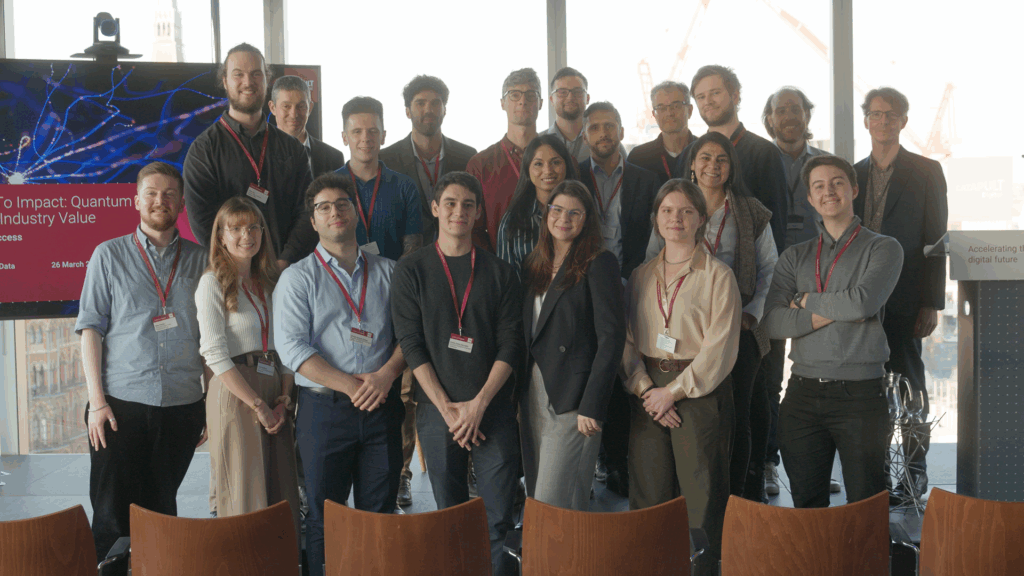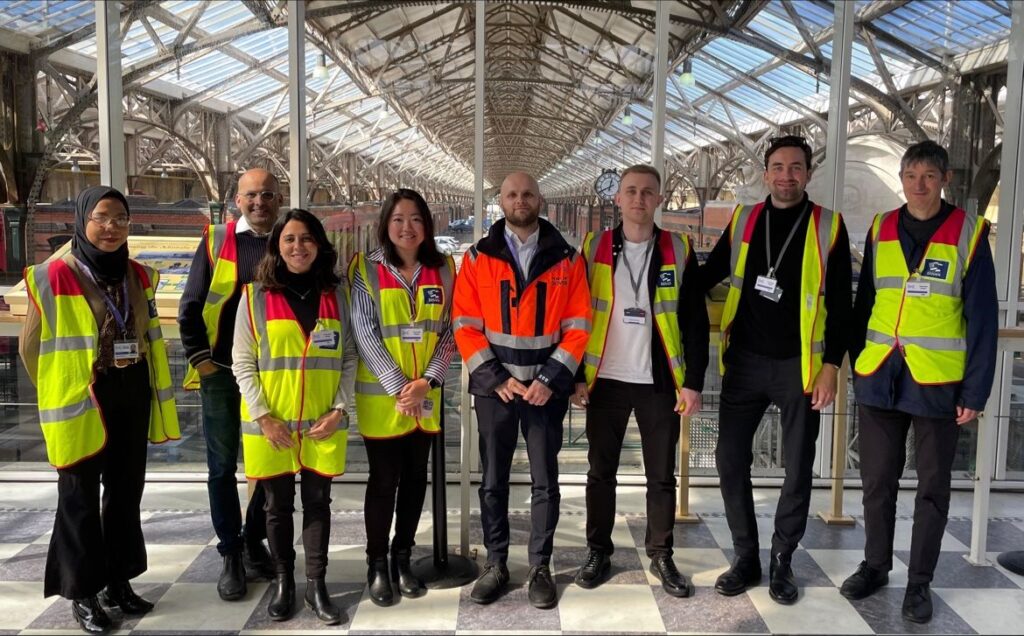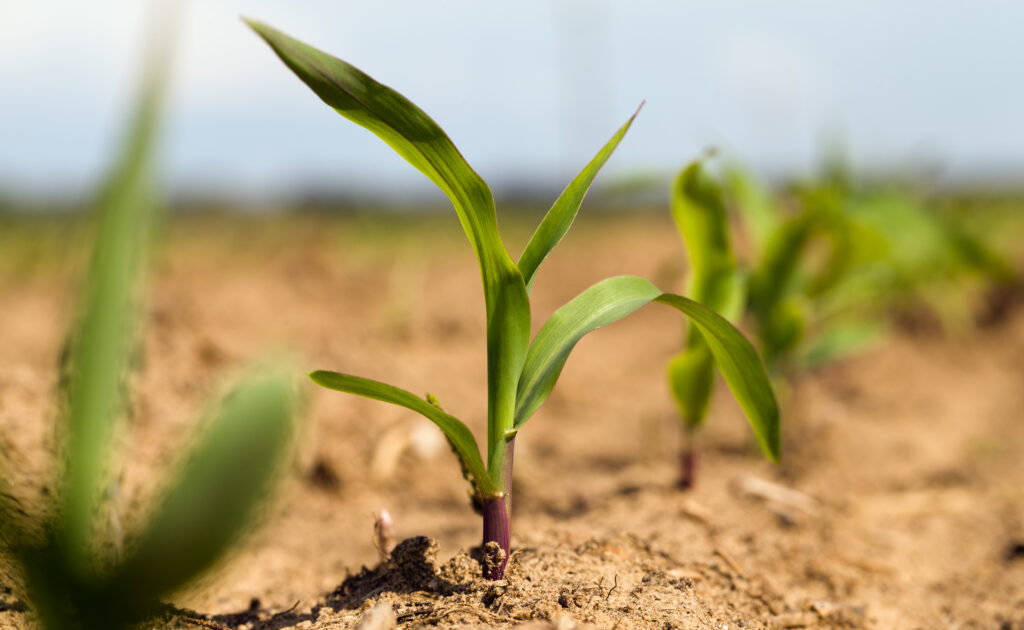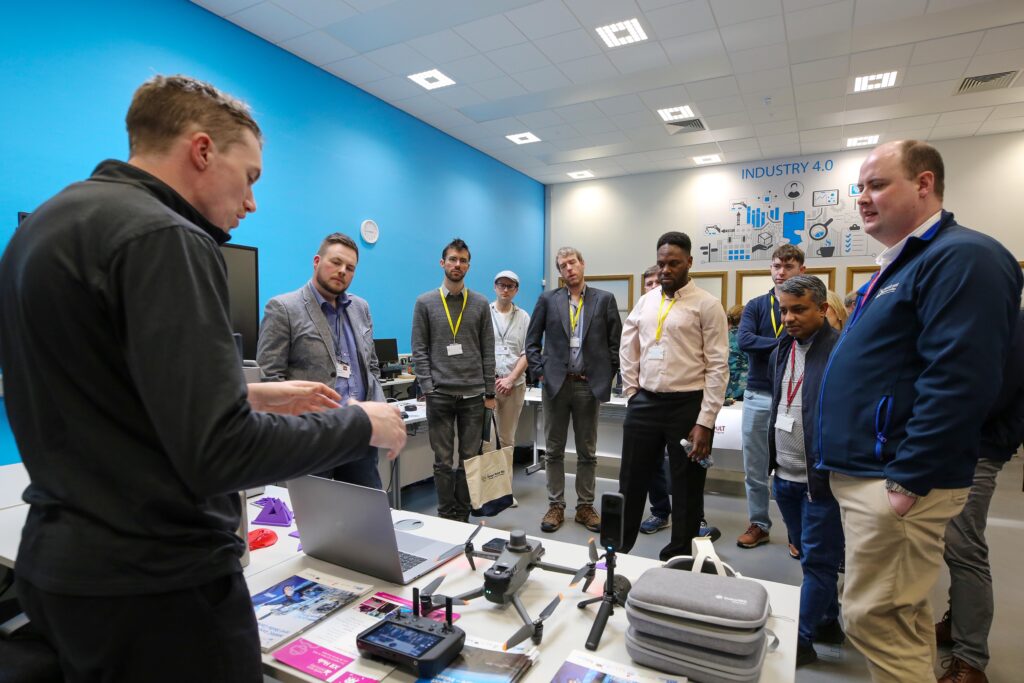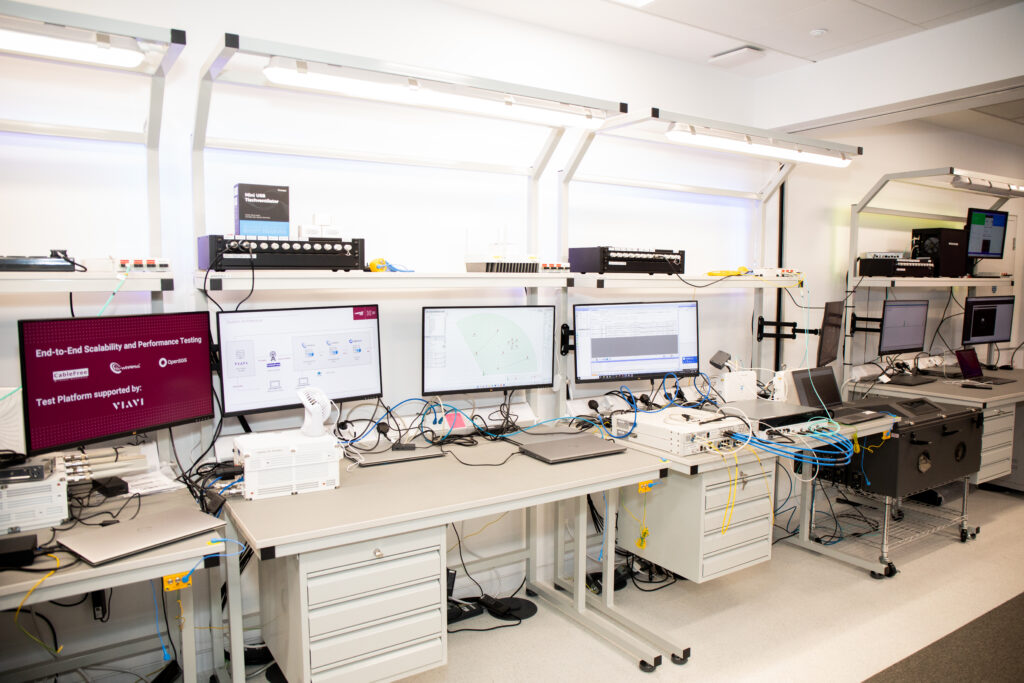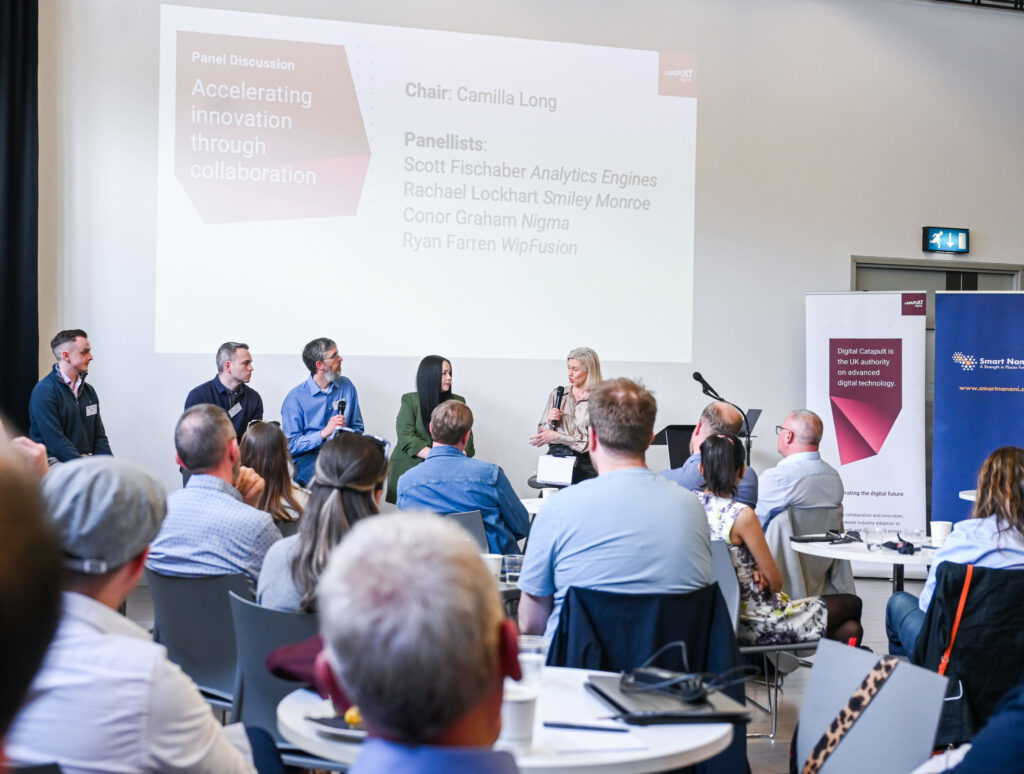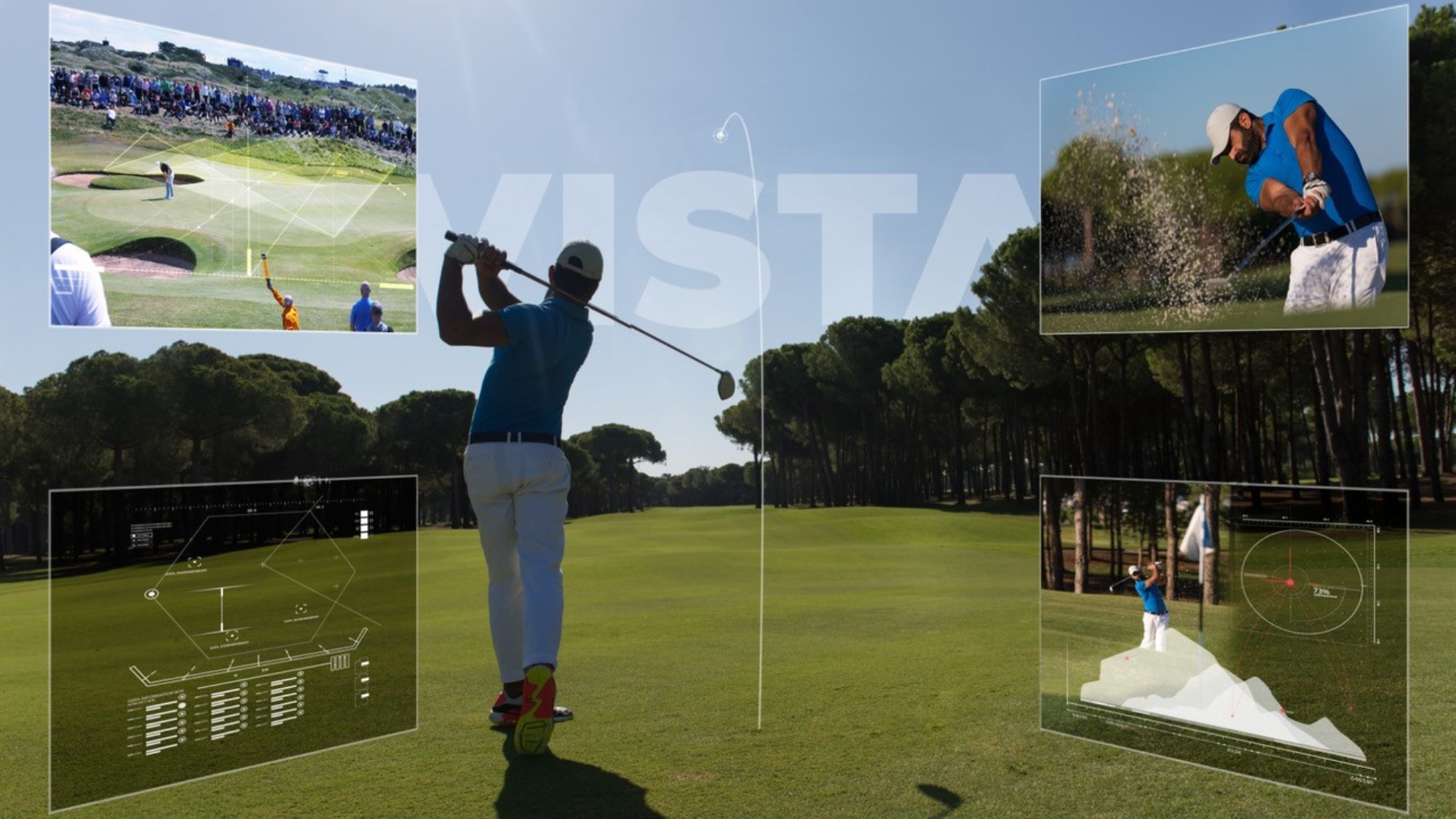Kostas Katsaros, Lead 5G Technologist, Digital Catapult
As a technologist and sports fan, there isn’t much that excites me more than 5G and its power to completely transform attendee experience at live events. I spend much of my professional life exploring 5G and its applications, and recently, I have been focusing on 5G Broadcast: a technology that significantly reduces processing and bandwidth needed for broadcasting, and hence ideal for live events.
5G Broadcast can unlock experiences to create an innovative and exciting dimension to live events that will not only enhance customer experience, but also increase channels of engagement.
Tapping into both the need for higher quality broadcasting and interactive content in venues, and the increasing use of smartphones at live events, the 5G VISTA project explores the use of an app to deliver live multi-angle HD video streams, multiple audio and interactive content from the event direct to devices in venues across the UK.
The opportunities here are vast, but like with any advanced technology, there are several challenges to confront before the potential of 5G broadcast technology for live events can fully be realised.
Testing out 5G Broadcast
As part of 5G VISTA, part of the Department for Digital, Culture, Media and Sport’s (DCMS) 5G Testbeds and Trials Programme, Digital Catapult has been responsible for the infrastructure of the 5G testbed network used for the initial system integration and demonstration – as well as validating business use cases and assessing further applications and market verticals.
Part of this work has involved holding workshops with esteemed broadcasters, sports teams and venue managers – from Arsenal and Live Nation, to BT and the BBC. Presenting different use cases to them, we picked their brains on how something like VISTA could benefit industry and got their perspectives on potential different business models for VISTA.
Here were 5 key takeaways from our industry experts:
1. Distributed sports events
Sports or events where you cannot see all the action from one position have a more obvious appeal. Take cricket matches or motor racing as an example; a multi-angle app could allow spectators to get a better view of the action that’s about to take place.
VISTA would allow the attendee to both experience what is in front of them and follow better the action happening elsewhere – whether that’s following their favourite F1 driver round the track, or following different golfers playing on different holes.
“I can absolutely see people jumping on their phones to see certain angles or replays in sports that are punctuated by breaks – like cricket or motor racing.”
Workshop attendee
2. A customer-first approach
An app like VISTA is first and foremost targeted at the consumer, and therefore for it to be successful, it must focus on a valid customer need. Adoption is entirely reliant on positive consumer engagement.
Focus should be on augmenting and improving a live experience, rather than detracting. Elements such as live statistics, the opportunity to continue watching the action from a smartphone while in the bathroom or at the bar, or access to backstage interviews could offer something additional to enhance in-stadia events – rather than distracting audiences by encouraging them to stare needlessly at screens.
“You need to find the right moments, the right environments where the technology actually compliments and adds something to the experience, rather than detracts from it.”
Workshop attendee
3. Doing away with cabling
Cabling and wifi are a key pain point in large stadium sports, such as football. Despite 3 of 4 Mobile Network Operators (MNOs) offering 4G coverage in large football stadiums, many networks can become unstable on match days.
5G Broadcast has the potential to offer a solution here, as a large number of users access the same content at the same time. It can minimise the delay experienced in current cellular networks, reducing it from 30 to 60 seconds down to only 1 or 2 seconds, to provide broadcast-quality viewer experiences.
Furthermore, with 5G Broadcast, you can deploy a smaller number of antennae to cover large areas, minimising the cabling and network complexity, and potentially offering the same services in smaller venues that do not have the expensive infrastructure of large premier ones.
“If football clubs can find a technology that allows stadiums to move away from cabling, it could be incredibly beneficial.”
Workshop attendee
4. One-to-many broadcasting
A challenge identified by our experts was the need to emphasise the value of 5G Broadcast over alternative technologies, such as unicast, to network operators, service providers and application developers.
A key difference is, while most mobile and internet communications are ‘one to one’, 5G Broadcast is ‘one to many’; it takes a single stream and sends it to multiple users. They all receive the same content at the same time, in this case, to a mobile handset or a smart TV.
Mobile operators can use their scarce spectrum more efficiently with one-to-many broadcast/multicast services, contrary to current unicast. 5G Broadcast is able to support SIM-less devices, thus expanding the range of supported end users.
5. Ownership of content
Broadcasting outside of the stadium brings numerous benefits to consumers, but our experts acknowledge it can be highly complicated in terms of rights management and ownership of content. Taking football as an example, the Premier League owns the rights to all games.
As such, a project like VISTA should explore opportunities that focus on broadcasting to attendees at and during the event itself. Meanwhile, any new broadcast service should work in tandem with existing business partners and commercial agreements.
Looking ahead
A technically ambitious project such as VISTA is essential to get right, and the broadcast space is complex both from a legal and technological standpoint.
However, working together with other market-leading experts, we’re helping to further develop the device and network ecosystem to support 5G broadcast, and deliver seamless experiences to end-users.
Find out more at www.5gvista.co.uk











